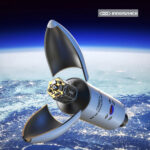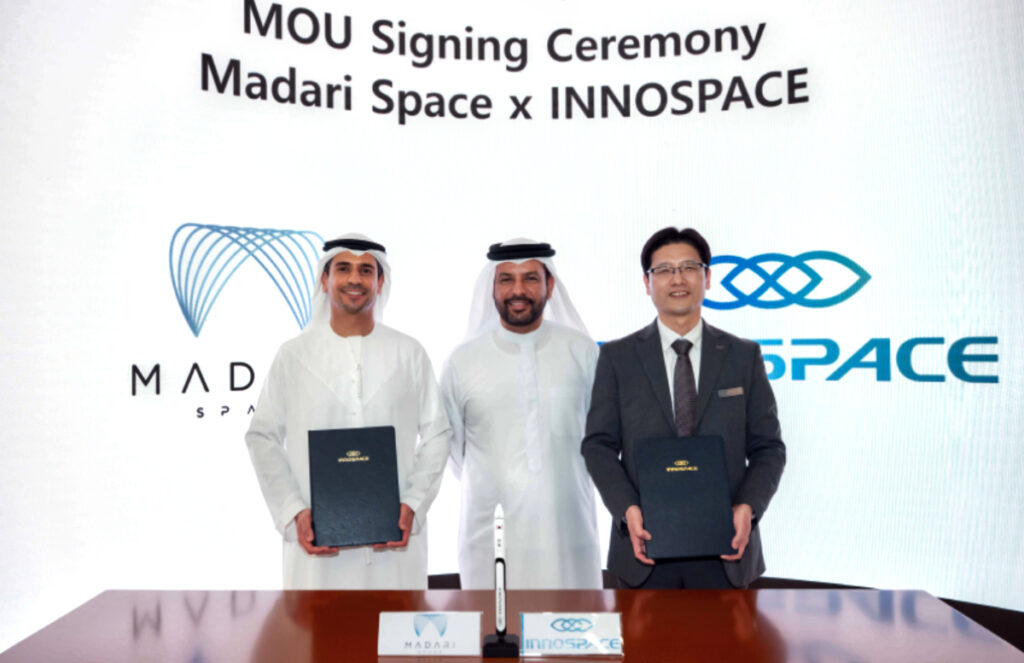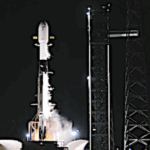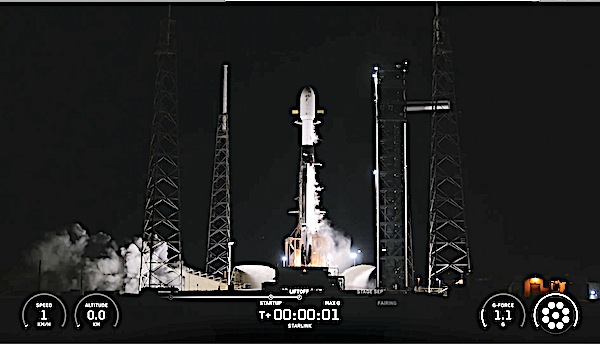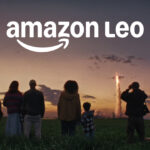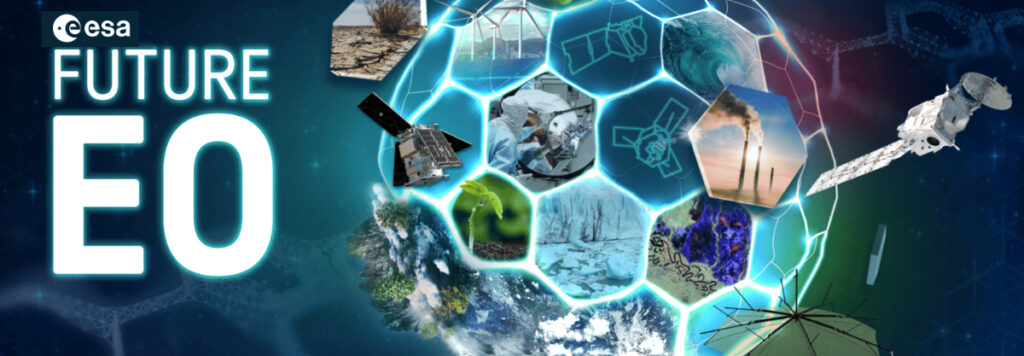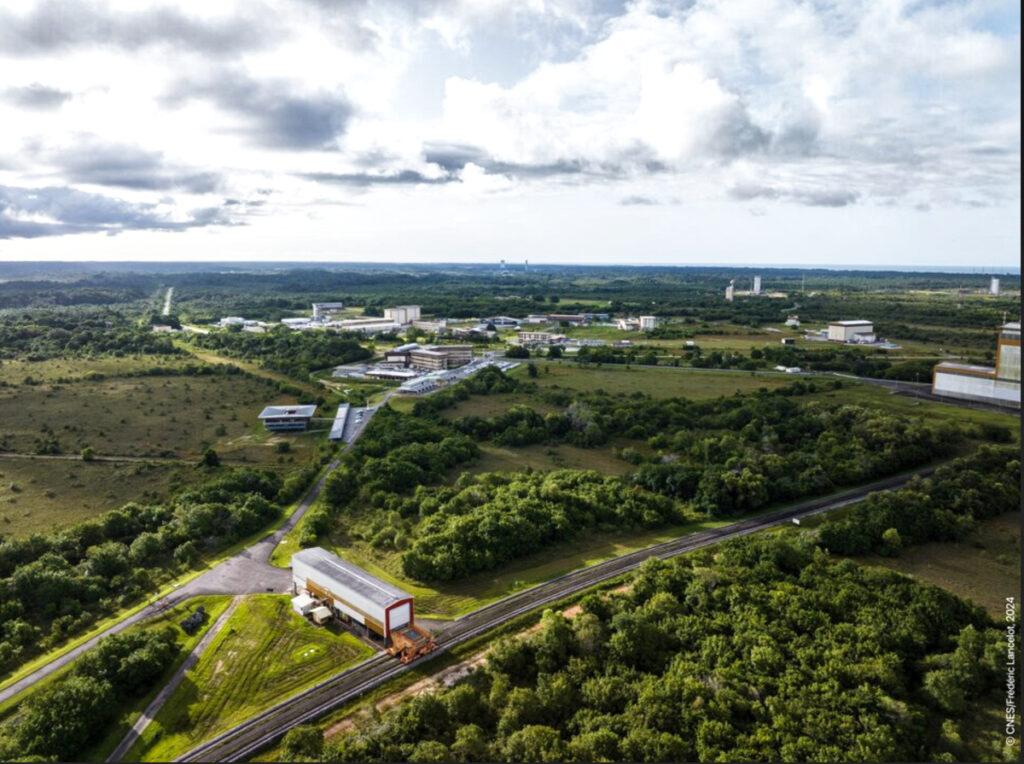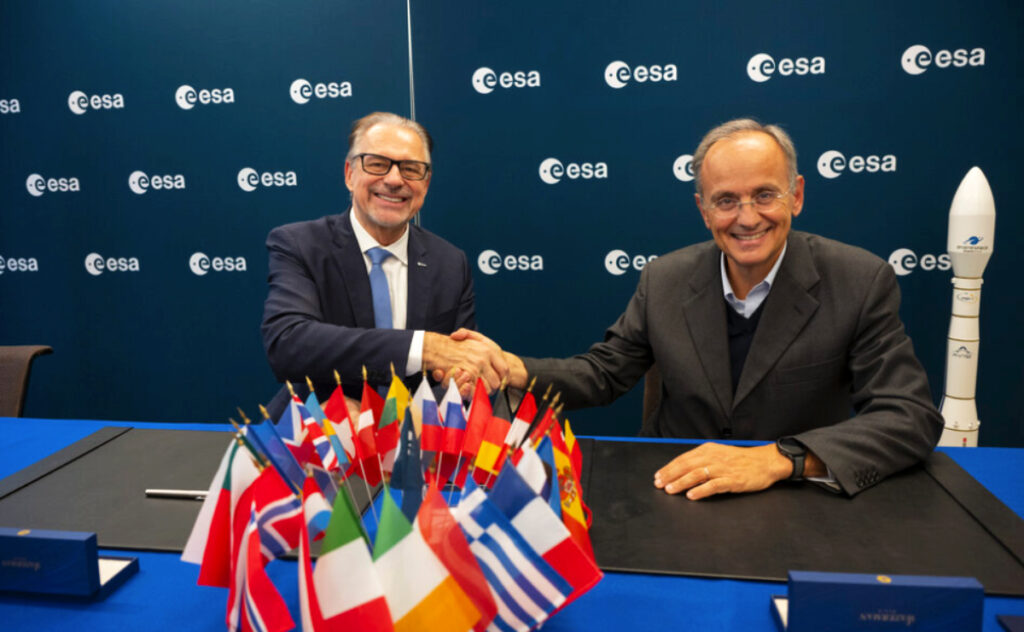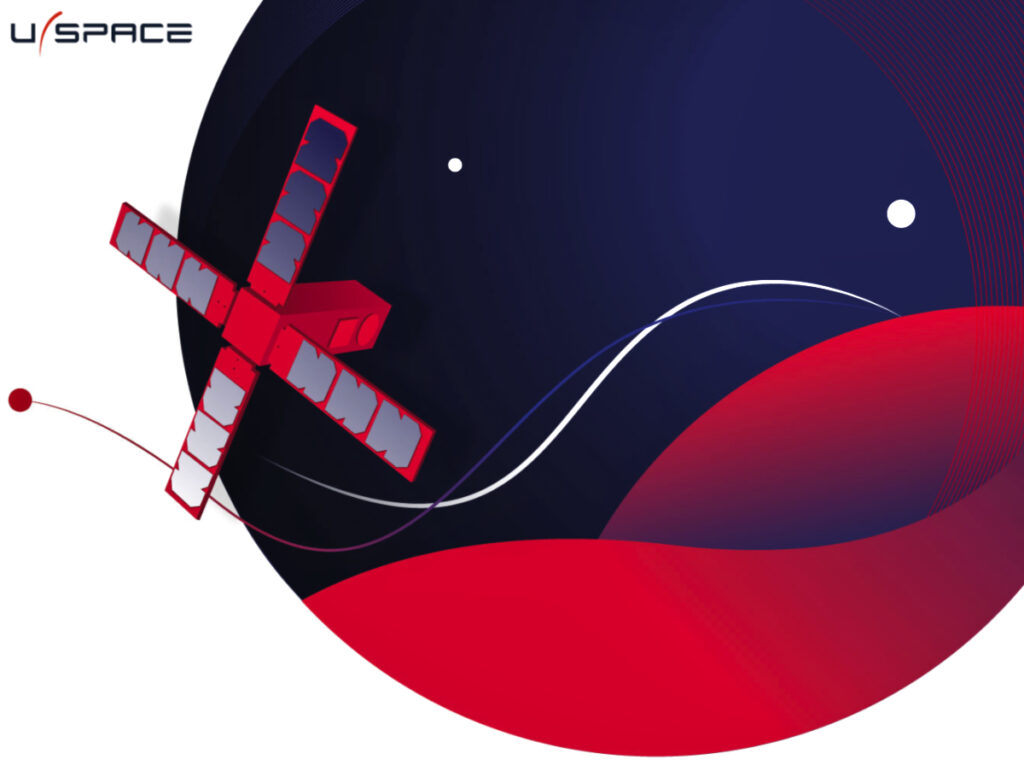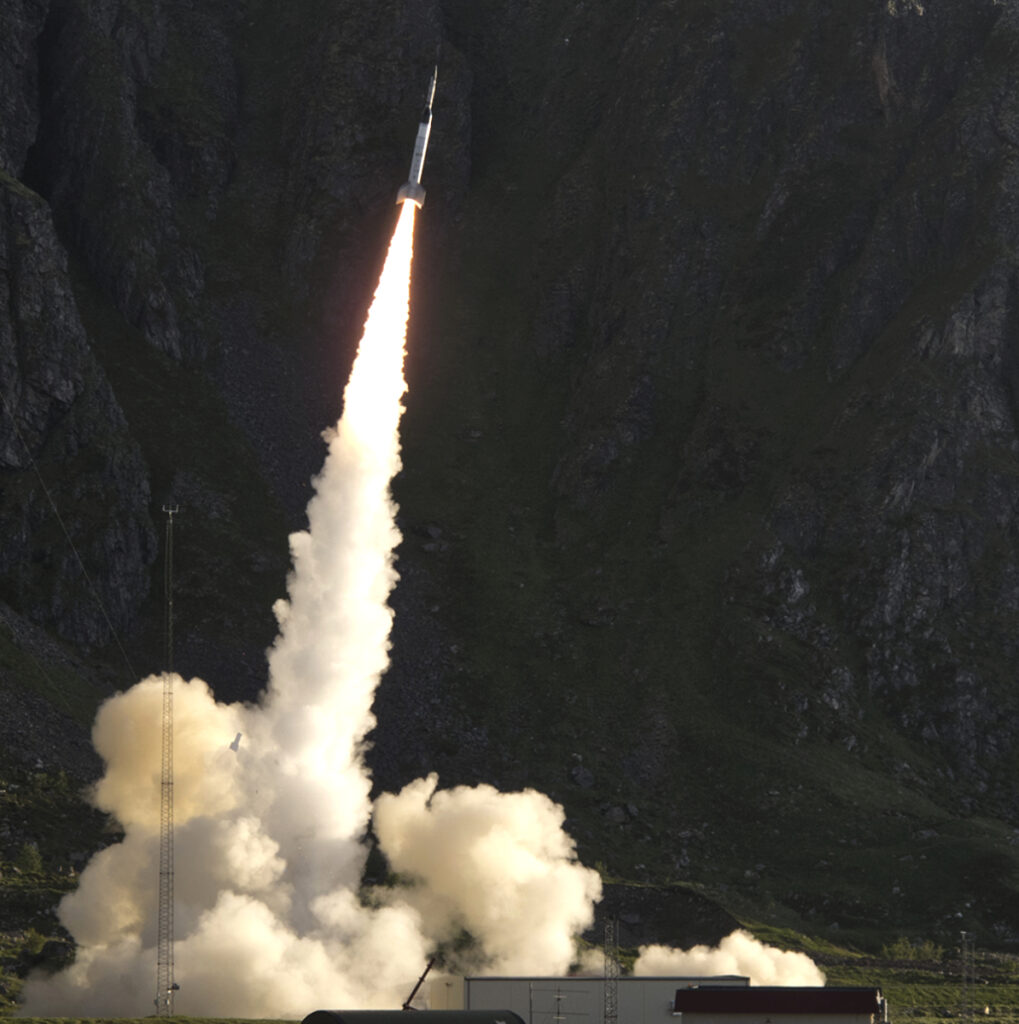Included in the satellites is Spire’s next-generation Hyperspectral Microwave Sounder—a compact, space-ready sensor built to demonstrate global weather forecasting from space

Spire Global, Inc. (NYSE: SPIR) has now shipped nine satellites, all designed and built by the company’s in-house manufacturing team, have journeyed to Vandenberg Space Force Base in California prior to their launch aboard SpaceX’s upcoming Falcon 9 Twilight mission.
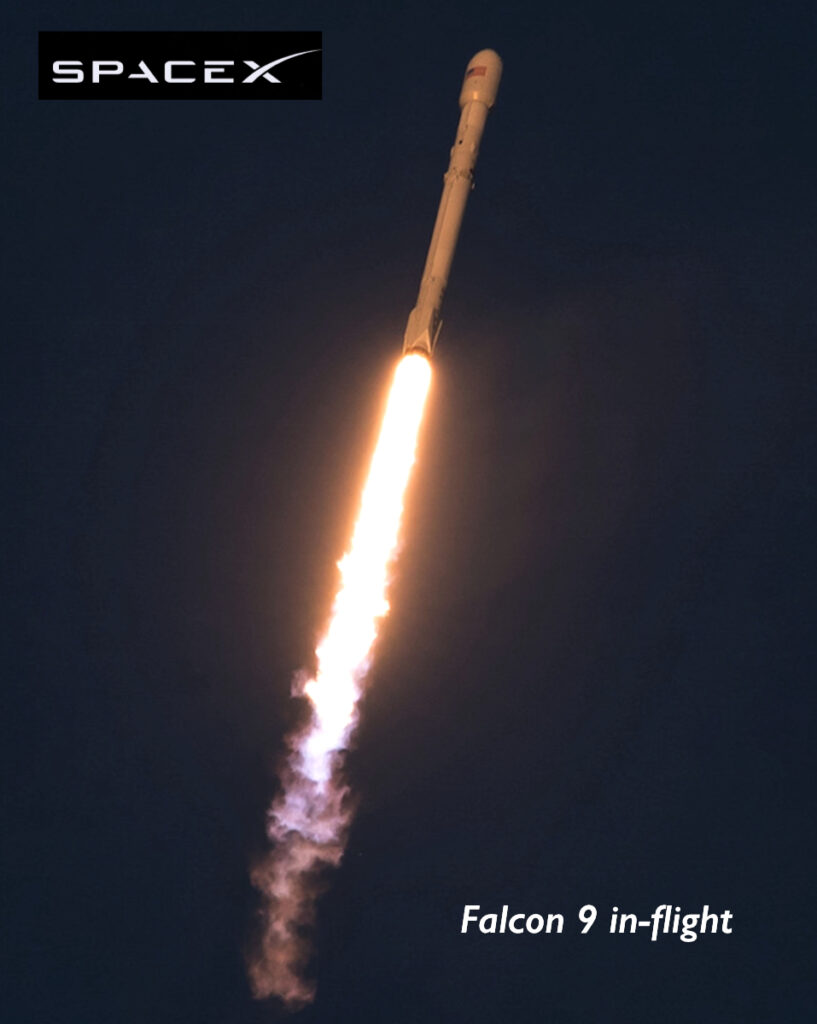
The mission includes the company’s Hyperspectral Microwave Sounder (HyMS) satellite demonstrator, a compact, space-ready sensor built to advance global weather forecasting from space.
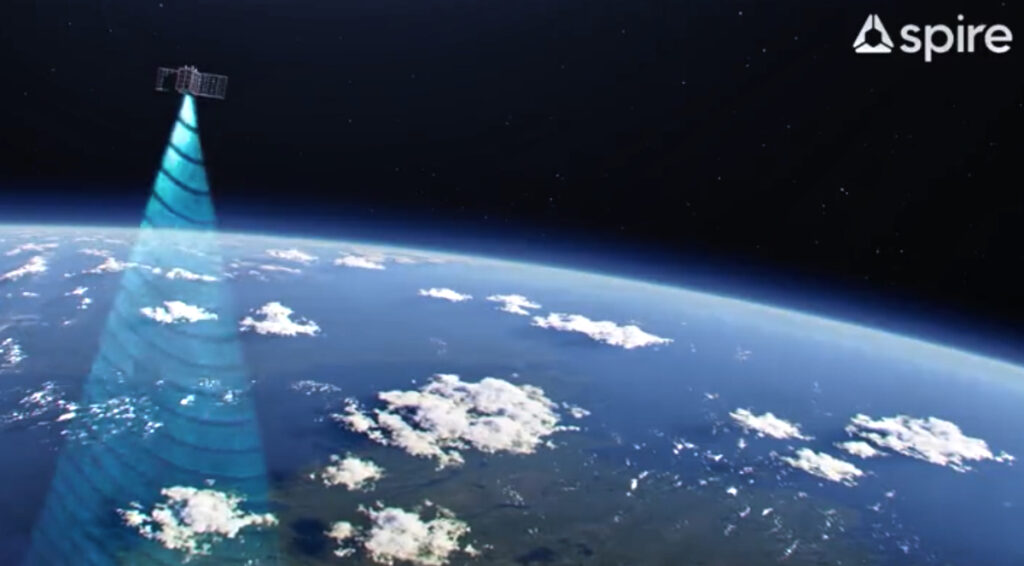


Developed in collaboration with the UK Science and Technology Facilities Council’s RAL Space and STAR-Dundee Ltd., HyMS is designed to capture detailed internal views of the Earth’s atmosphere, measuring important atmospheric variables including temperature, humidity, and precipitation. As a first-of-its-kind hyperspectral microwave mission, it will aim to help forecasters better understand how weather systems form and evolve in real time.
In addition to the HyMS demonstrator, the Falcon 9 Twilight launch will include seven, Spire-built satellites for customers and one constellation replenishment satellite supporting the company’s operational data missions. All the satellites were designed, built, and tested by Spire’s teams in Glasgow, Scotland.
With more than 200 satellites launched across more than 40 launch campaigns, Spire’s vertically integrated approach – designing, manufacturing, testing, and operating satellites in-house – enables rapid iteration and deployment of new technology that helps customers across government and commercial sectors make faster, data-driven decisions.
HyMS marks a meaningful step in expanding how we observe Earth’s atmosphere from space,” said Theresa Condor, Chief Executive Officer of Spire Global. “Two of the most impactful sources of data for improving forecast accuracy are radio occultation and microwave observations, areas where Spire is uniquely positioned to lead. This mission is a critical milestone on that path to delivering deeper atmospheric insights from space.”




